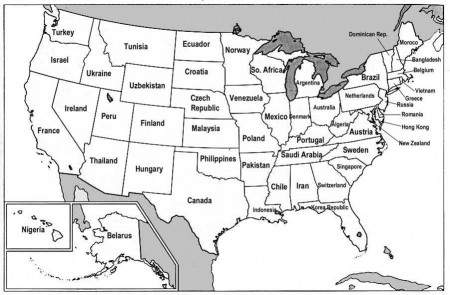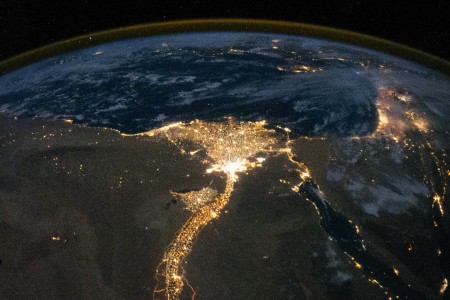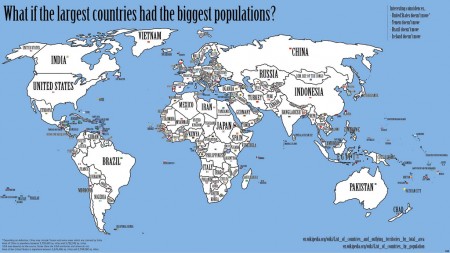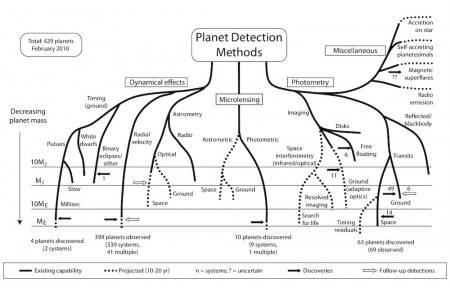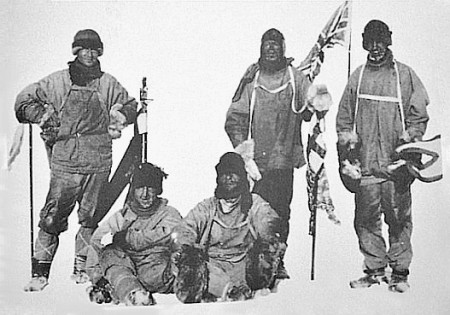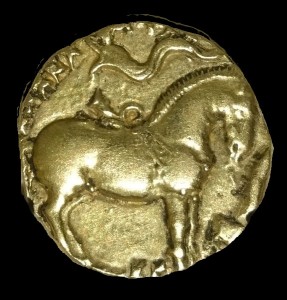Wikileaks’ recent leak of U.S. State Department cables offers the student with a politics/geography interest an amazing glance into the role of U.S. diplomats. There are however, a lot of cables.
The Atlantic magazine has come up with an interesting way of perusing the information. Their Cablegate Roulette webpage puts up a random cable every time you press the “Load a new story” button.
What’s also nice is that they provide a sentence or two that gives the context of the cable so you don’t have to puzzle it out on your own.
The cable excerpts are brief, well written and quite informative about the political goings-on in different parts of the world. They could make an interesting supplement to the geography curriculum. The self-motivated student with a geography interest would find these quite fascinating because you have to have a basic knowledge of the world and recent history to understand what’s going on.
An example:
An executive with Kazakhstan’s national gas company has dinner with the U.S. ambassador at the Radisson hotel in Astana, the capital of Kazakhstan.
FROM: ASTANA, KAZAKHSTAN
TO: STATE DEPARTMENT
DATE: JANUARY 10, 2010
CLASSIFICATION: SECRET
SEE FULL CABLE¶7. (S) The Ambassador asked if the corruption and infighting are worse now than before. Idenov paused, thought, and then replied, “No, not really. It’s business as usual.” Idenov brushed off a question if the current maneuverings are part of a succession struggle. “Of course not. It’s too early for that. As it’s always been, it’s about big money. Capitalism — you call it market economy — means huge money. Listen, almost everyone at the top is confused. They’re confused by their Soviet mentality. They’re confused by the corrupt excesses of capitalism. ‘If Goldman Sachs executives can make $50 million a year and then run America’s economy in Washington, what’s so different about what we do?’ they ask.”
